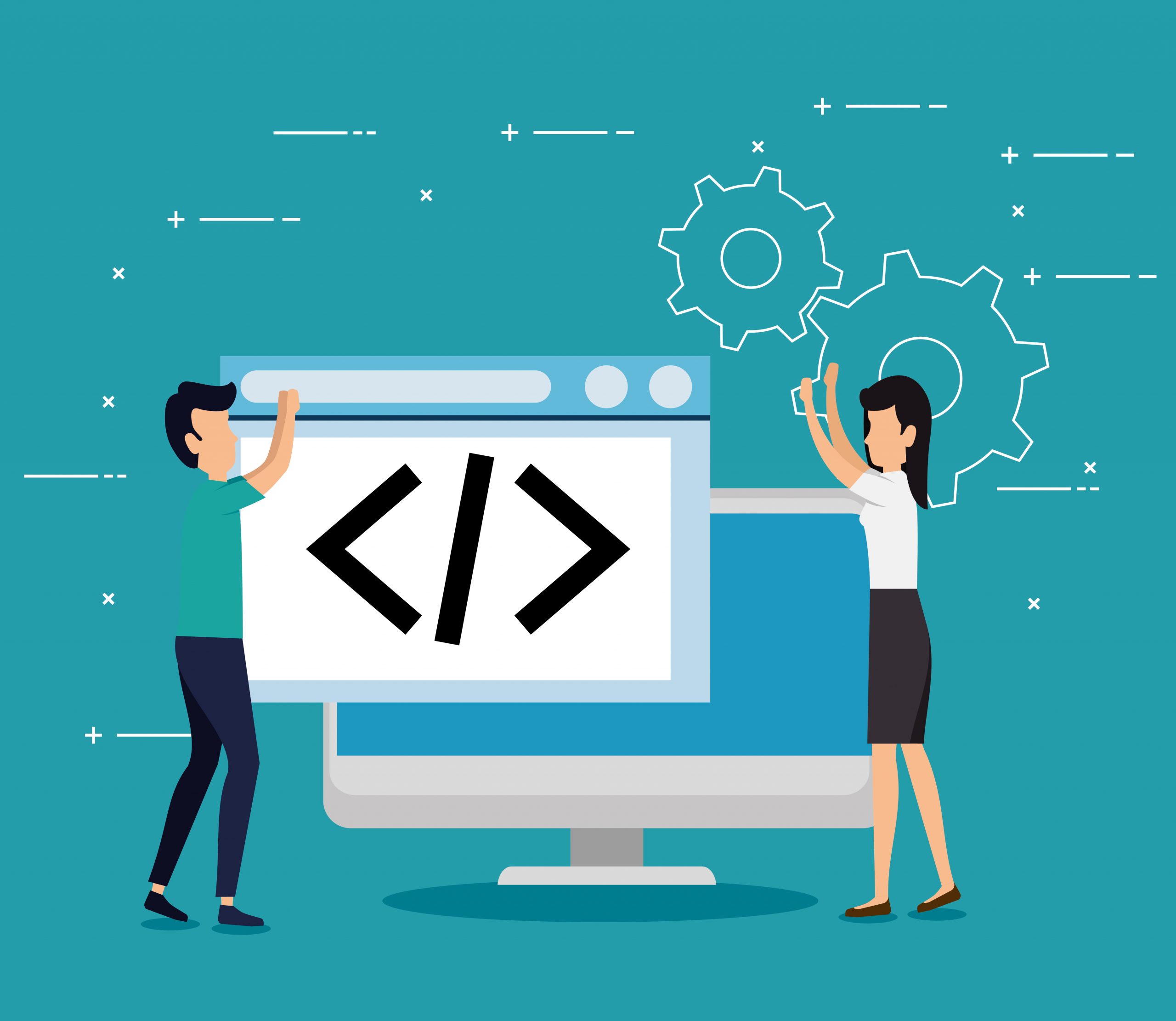As organizations strive to adapt to the rapidly changing business environment, addressing the HR skills gap has become a strategic priority. This gap, defined as the mismatch between the skills available in the workforce and those needed for business success, is a pressing issue that leaders are tackling through various innovative approaches. Insights from leading firms such as McKinsey, Gartner, and Deloitte, combined with industry studies, offer valuable perspectives on how to effectively manage and overcome these challenges. As businesses continue to evolve, the need for a more agile and skilled workforce becomes increasingly apparent. The challenge is not just in identifying the gaps but also in implementing timely and effective solutions that can scale across global teams. Engaging employees in continuous learning and ensuring their skills remain relevant is vital for maintaining competitive advantage.
The Evolving Landscape of HR Skills
A McKinsey Global Survey highlights a critical insight: 87% of executives acknowledge a skills gap in their workforce, emphasizing that recent college graduates often lack essential competencies required in today’s jobs. This gap spans both technical skills like data analysis and AI, and soft skills such as leadership and strategic thinking (McKinsey & Company) . To address this, organizations are prioritizing the development of both technical prowess and enhanced soft skills, aiming to build a more adaptable and capable workforce. This evolution in skill requirements necessitates a strategic approach to talent management, integrating advanced analytics and workforce planning. As the landscape shifts, the ability to quickly adapt to new technologies and market conditions will differentiate successful organizations from the rest.
Strategic Approaches to HR Development
Skills-Based Hiring and Development: Organizations are increasingly adopting skills-based hiring practices, where the traditional emphasis on degrees is shifting towards a more robust focus on specific skills and competencies. This approach helps in tapping into a broader talent pool and aligning workforce capabilities with organizational needs more effectively (McKinsey & Company) . By focusing on skills rather than purely on academic credentials, companies can fill roles more efficiently and improve workforce performance. This transition not only broadens the diversity of the talent pool but also aligns more closely with the evolving needs of the global economy. Moreover, skills-based hiring is complemented by strategic partnerships with educational institutions to ensure a steady pipeline of talent equipped with the necessary skills.
Reskilling and Upskilling: Reskilling programs are becoming a cornerstone of HR strategies, with a significant focus on equipping employees with the skills necessary for both current and future roles. McKinsey reports that reskilling efforts are not only addressing immediate skill shortages but are also enhancing organizational agility and employee engagement (McKinsey & Company) . These programs are often supported by advanced learning technologies that provide scalable, personalized learning experiences. As industries continue to evolve, the demand for new skills will require businesses to remain proactive in their learning and development strategies. This strategic focus on continuous education helps companies stay ahead of technological advancements and market trends.
Technology-Driven Learning: The integration of advanced technologies in learning and development is reshaping training methodologies. AI and machine learning tools are being utilized to personalize learning experiences, making training more relevant and effective for employees (Training) . These technologies also facilitate the measurement and tracking of learning outcomes, enabling HR departments to optimize training programs and maximize ROI. The adoption of virtual and augmented reality for training purposes is further enhancing the effectiveness of learning programs, providing immersive and interactive experiences that improve skill acquisition and retention.
Workplace Flexibility: Flexible work policies continue to be a strong factor in attracting and retaining talent. Companies that offer flexible working arrangements are seen as more attractive employers and tend to have better success in filling skills gaps (LinkedIn Biz) . This flexibility also aids in balancing work-life demands, which can significantly boost employee morale and productivity. As remote work becomes more normalized, organizations are exploring new ways to manage and engage dispersed teams effectively. These developments are reshaping the traditional workplace, emphasizing the need for robust digital communication tools and flexible management practices.
Holistic Employee Development: A focus on holistic development, including mental health and well-being, is becoming increasingly prevalent. Companies are exploring ways to reduce burnout and improve employee satisfaction, which in turn helps in retaining key talent and reducing skill gaps (McKinsey & Company) . Holistic approaches include wellness programs, mental health support, and more inclusive workplace cultures that support diverse needs. By fostering an environment that values employee well-being, companies can enhance their brand as employers of choice and drive higher levels of engagement and productivity. This comprehensive approach to employee development is critical for sustaining high performance and innovation in a rapidly changing world.


Future Directions and Challenges
Looking forward, the challenges of bridging the HR skills gap are manifold. Companies need to ensure that their reskilling programs are not only comprehensive but also aligned with the strategic needs of the business. Moreover, there is a growing need to balance these initiatives with the ongoing demands of business operations, a challenge that many organizations are currently navigating (McKinsey & Company) . As HR strategies continue to evolve, integrating
As HR strategies continue to evolve, integrating innovative tools and solutions is crucial for effectively managing and bridging the skills gap. One such innovative tool is Brick, Mortar, and Daughter, an HR tool designed to streamline various HR processes and enhance employee development initiatives. Companies interested in leveraging new technologies to support their human resources efforts should consider exploring the benefits of integrating Brick, Mortar, and Daughter into their digital tools set.
Explore the Benefits of Brick, Mortar and Daughter To fully capitalize on the capabilities of this tool, HR leaders and decision-makers are encouraged to schedule a demo or consultation with Brick, Mortar, and Daughter. This will provide an opportunity to see firsthand how the platform can optimize skills management, facilitate effective training programs, and ultimately help close the skills gap within their organizations. Embracing such innovative solutions not only supports the immediate HR needs but also positions companies for future success in a competitive landscape.



